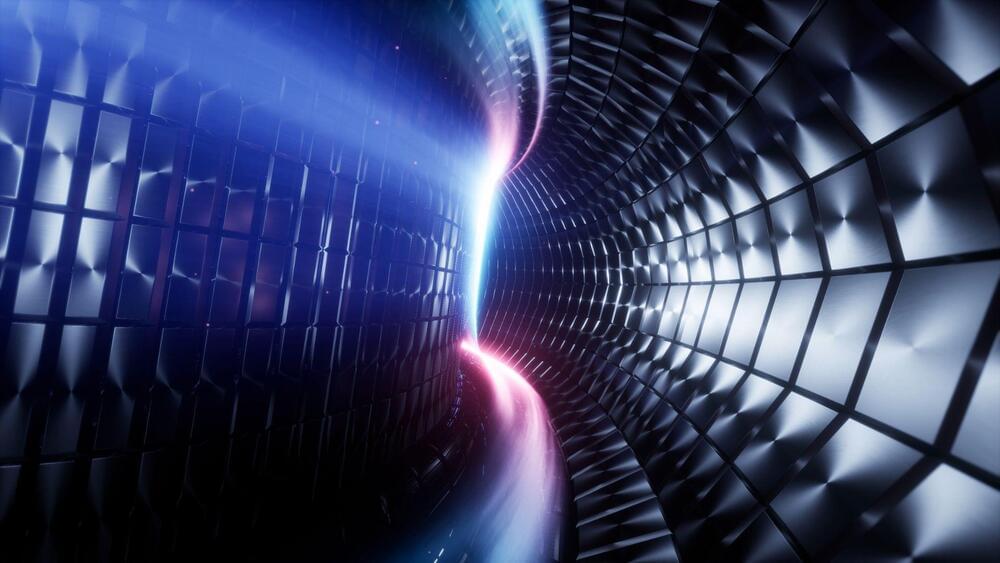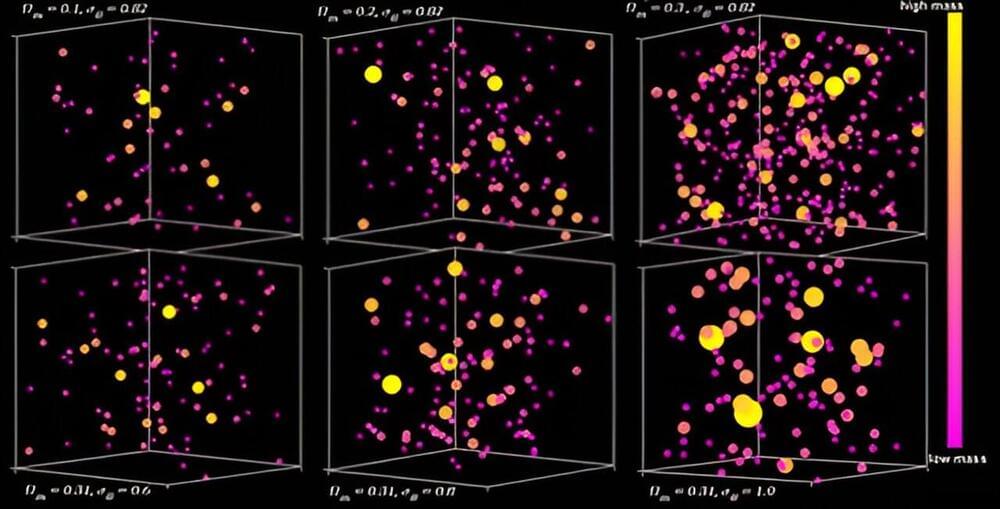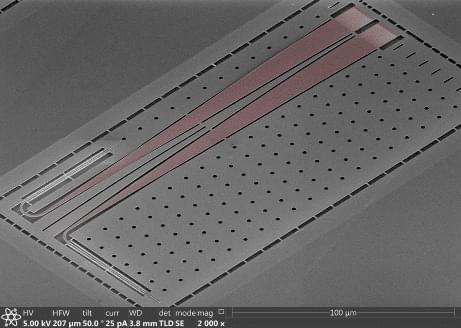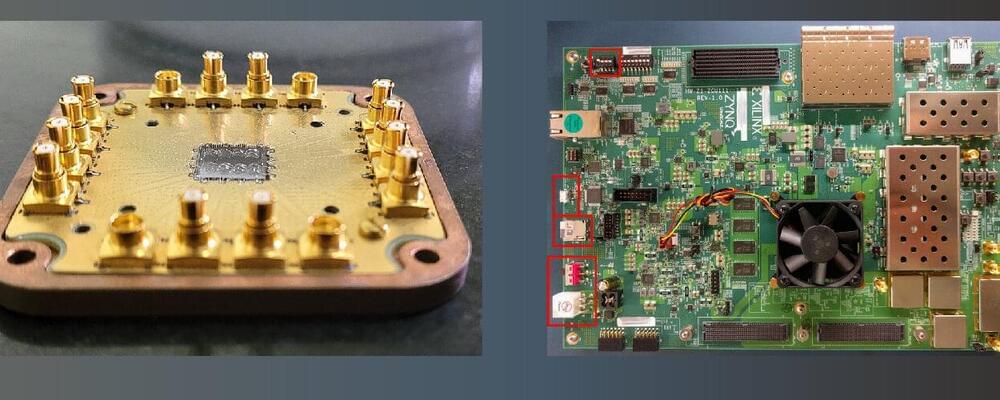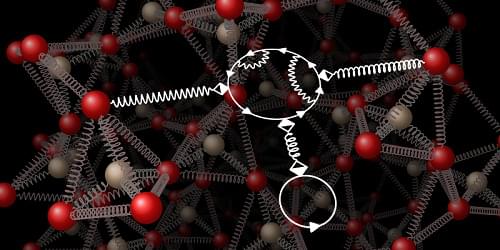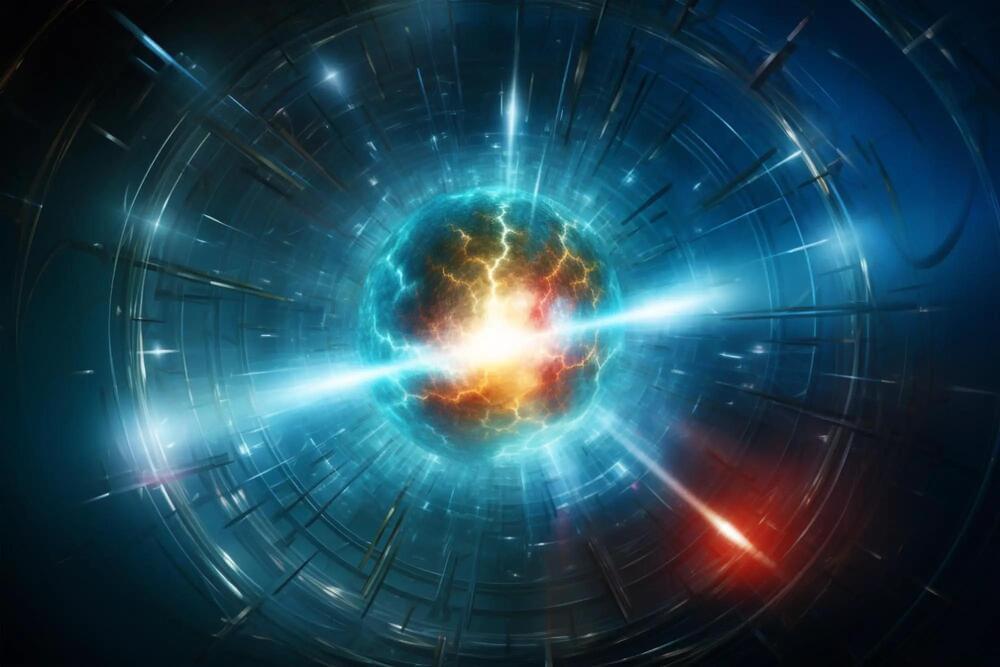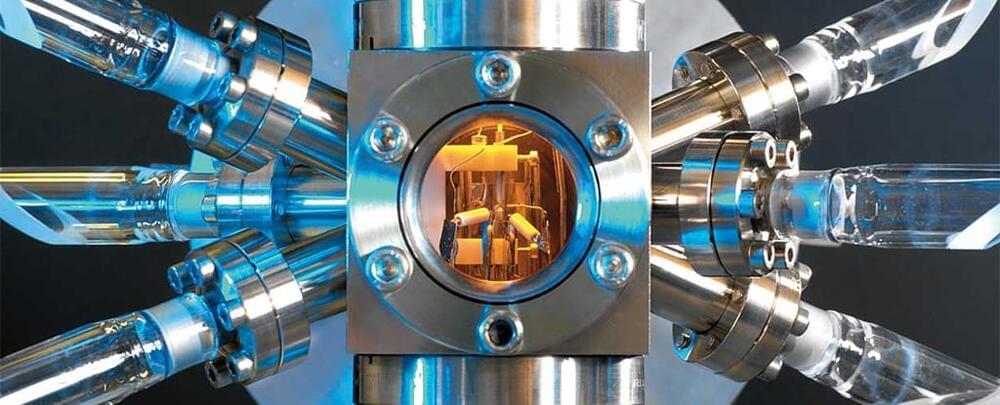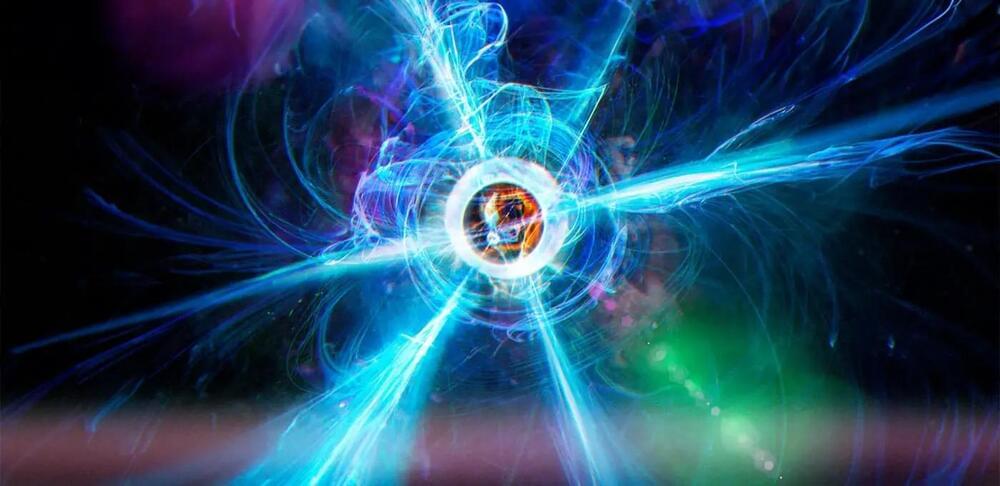The student-built Tokamak reactor will be 3 × 3 feet in size and be the first such facility built for nuclear fusion in a university.
Australia is set to become home to the world’s first nuclear fusion facility designed, built, and operated by students. The project is planned by the University of New South Wales (UNSW) but will not use nuclear fuel, a press release said.
Nuclear fusion is the process where atoms of lighter elements like hydrogen are heated up to hundreds of millions of degrees Celsius to enable their fusion under large amounts of force. The process releases large amounts of energy, which can then be used to power devices and machines.
